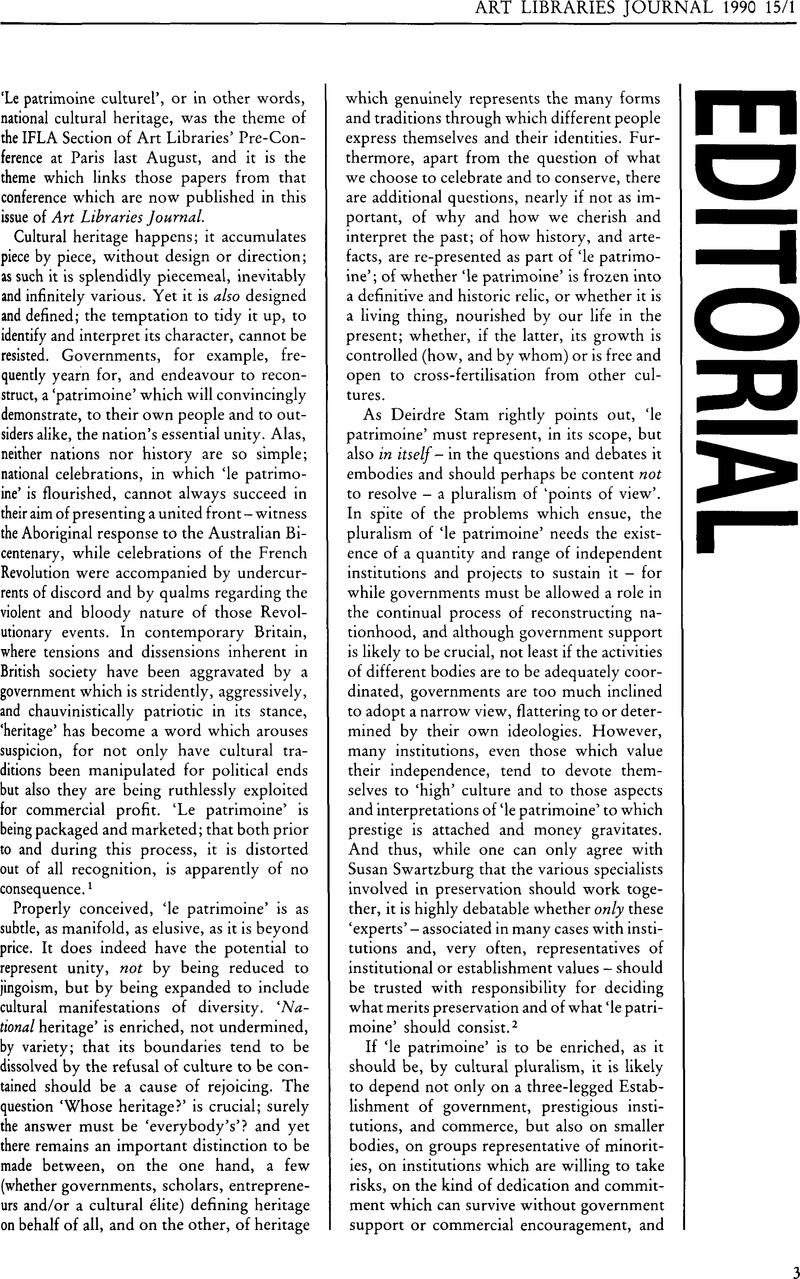7. The
écomusèe concept, as I understand it, seeks to replace the local museum-within-walls with a collective consciousness of community heritage, an informed and affectionate sense of place in which the past is encouraged to flourish in the present and through which the whole of a place is transformed into a living museum of itself. In such a context, a local tradition of sign-writing, for example, would be nourished by appreciation, and historic examples would surely be preserved.
Google Scholar 